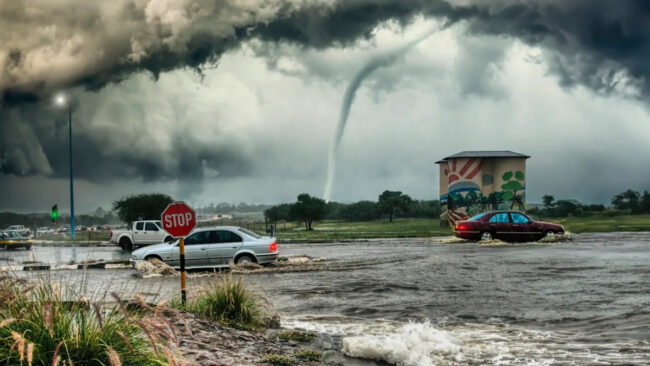Western Illinois visits North Dakota on 5-game road slide
Western Illinois Leathernecks (3-7) at North Dakota Fightin’ Hawks (4-8 … )
Grand Forks, North Dakota; Saturday, 2 p.m. EST … when the Leathernecks take on North Dakota.
The Fightin’ Hawks … points than the 76.1 North Dakota gives up.
TOP PERFORMERS: …







